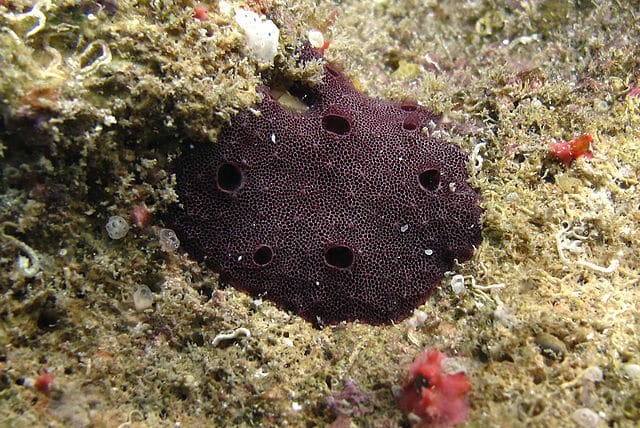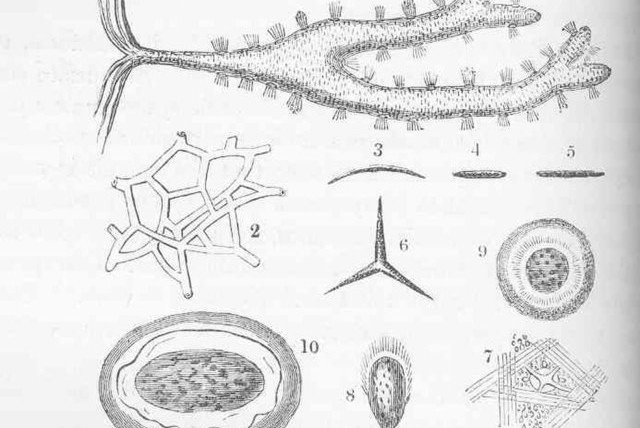New species of horny sponge discovered in French Polynesia

Quinn’s horny sponge has even been seen to include living animals and plants which continue to grow whilst being part of a symbiotic relationship with the sponge.
Scientists studying marine life off the coast of French Polynesia have discovered a new type of sea sponge which they have named Quinn’s horny sponge according to a report in the Miami Herald.
The discovery was first published in the peer-reviewed science journal Zootaxa on Tuesday, September 19, 2023.
The small marine animal, covered in plant substances, surprised the researchers who were not expecting to find a new species.
The scientists discovered two specimens that were burrowing into the sea floor at 65 and 100 feet deep and were collected for analysis.
The sponges are from an already recognized group of species known as horny sponges. These small animals tend to be covered in sand which they use for armour and even use natural fibres found under the sea as part of their skeleton.
A symbiotic relationship
The newly discovered Quinn’s horny sponge has even been seen to include living animals and plants which continue to grow whilst being part of a symbiotic relationship with the sponge.
In color, the sponge is of dark brown or black complexion and feels cushiony to the touch.
Quinn’s horny sponge is also somewhat larger than previously identified species, reaching two inches wide and one and a half long. DNA from the sponge revealed “distinct molecular difference” separating it from ordinary horny sponges.
It was named after Ronald Quinn, who popularised the use of marine natural products.
The islands where they were found sit halfway between South America and Australia in the South Pacific Ocean.
Six other new species of sponge were also discovered during the research trip.
Jerusalem Post Store
`; document.getElementById("linkPremium").innerHTML = cont; var divWithLink = document.getElementById("premium-link"); if (divWithLink !== null && divWithLink !== 'undefined') { divWithLink.style.border = "solid 1px #cb0f3e"; divWithLink.style.textAlign = "center"; divWithLink.style.marginBottom = "15px"; divWithLink.style.marginTop = "15px"; divWithLink.style.width = "100%"; divWithLink.style.backgroundColor = "#122952"; divWithLink.style.color = "#ffffff"; divWithLink.style.lineHeight = "1.5"; } } (function (v, i) { });

